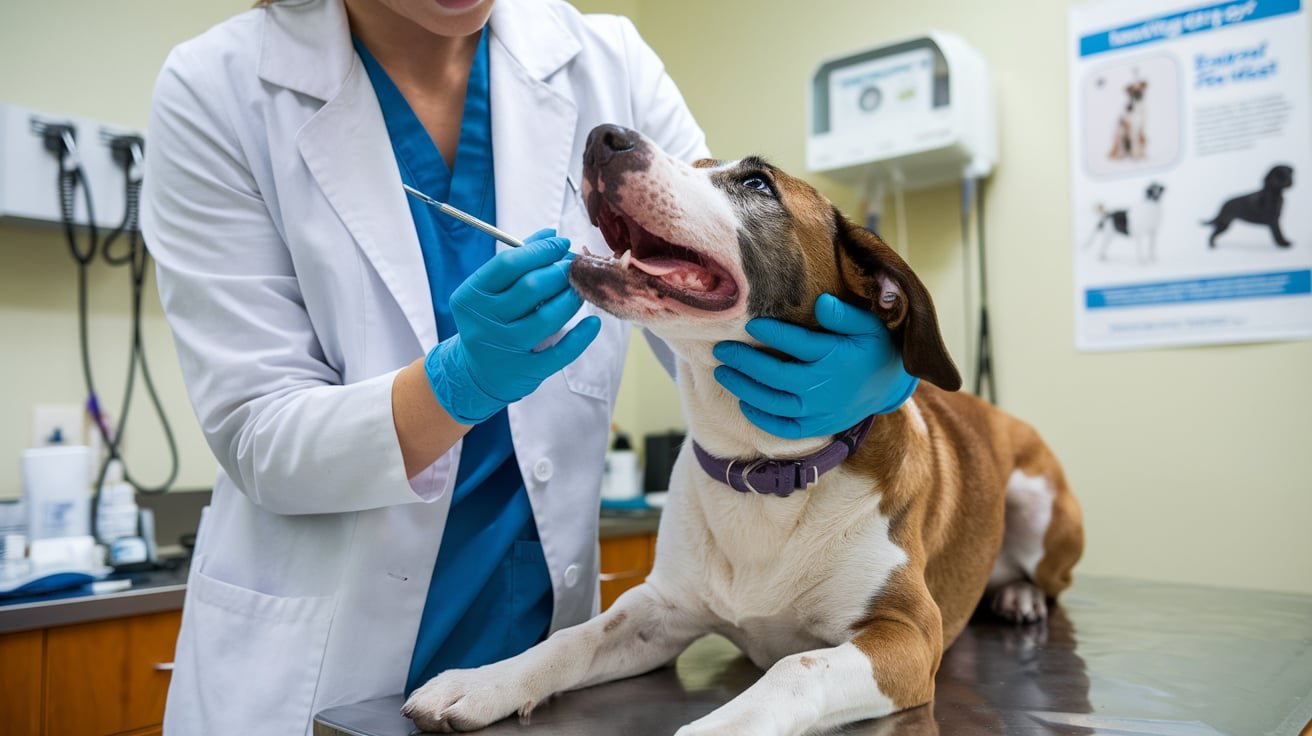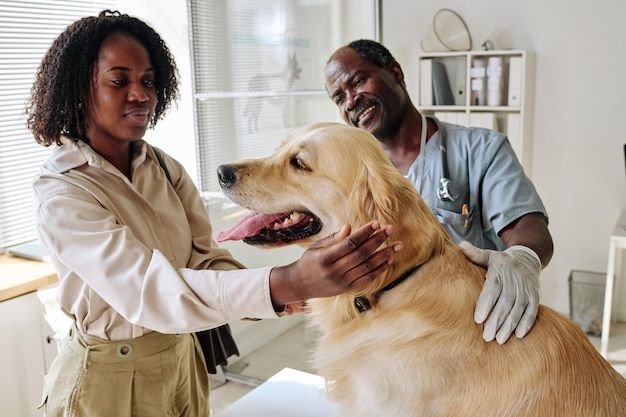introduction To Emergency Care for Dogs
Caring for a dog in an emergency situation can be daunting, but with some preparation, you can handle these crises with confidence. In this article, we’ll walk you through emergency care basics for dogs, giving you the tools to act quickly and efficiently if your pet needs urgent help.
Understanding Common Dog Emergencies
Before diving into specific steps, it’s helpful to know about common emergencies. From choking to heatstroke, these situations can vary widely, so recognizing symptoms is critical.
Common Issues and Their Symptoms
- Choking – Pawing at the mouth, gagging sounds, inability to breathe.
- Heatstroke – Excessive panting, drooling, weakness, collapse.
- Poisoning – Vomiting, diarrhea, drooling, shaking.
Knowing the symptoms is crucial. For example, my own dog Max once ingested something toxic; recognizing the signs of poisoning (like drooling and lethargy) helped me get him the care he needed quickly.
Basic First Aid Kit for Dogs
A dog first aid kit is essential, whether you’re at home or on the go. Here’s what to include:
- Bandages and gauze for wounds.
- Hydrogen peroxide for wound cleaning (but not for all injuries!).
- Digital thermometer to monitor body temperature.
- Tweezers for tick or splinter removal.
- Cold pack for swelling or bruising.
These items can be lifesaving in emergencies. Once, when Max cut his paw on a hike, my first aid kit allowed me to stop the bleeding until we reached the vet. Get a dog first aid kit if you don’t already have one.
Step-by-Step Guide to Emergency Care
Step 1: Assess the Situation
Stay calm and assess your dog’s condition. This step might seem simple, but it’s vital. Is your dog conscious? Is it able to breathe? Answering these questions helps determine your next steps.
Step 2: Administer Immediate First Aid
- For Choking
- Open the dog’s mouth to check for visible objects. Carefully remove it if you can.
- If nothing’s visible, use the Heimlich maneuver by applying gentle pressure under the ribcage. Learn how to perform the Heimlich on dogs.
- For Heatstroke
- Move the dog to a cool area.
- Apply cool, wet cloths to their paws and underbelly.
- Offer water slowly and only a little at a time.
- For Wounds
- Apply pressure with gauze to stop bleeding.
- Clean with hydrogen peroxide and cover with a bandage.
Step 3: Call Your Veterinarian
If the situation doesn’t improve, contact your vet right away. Have these details ready:
- Dog’s age, breed, weight
- Symptoms and your actions
- Location (if traveling)
When to See a Veterinarian
It’s not always clear when you should rush to the vet versus when you can handle the situation at home. Here’s a quick checklist of when to seek immediate veterinary care:
- Severe bleeding that won’t stop
- Signs of severe pain, like whining or limping
- Inability to breathe or heavy, labored breathing
- Sudden loss of consciousness
In Max’s case, for example, we visited the vet immediately after he started showing worsening signs, even though I had treated him at home. Trust your gut—if you’re unsure, it’s better to call your vet.
Emergency Numbers and Resources in the UK
Being prepared also means knowing who to call for help. Here are some valuable emergency contacts and resources in the UK:
- PDSA Pet Hospitals – PDSA contact page
- Blue Cross Pet Hospitals – Blue Cross locations
- RSPCA Emergency Line – 0300 1234 999
Final Thoughts: Prepare Today for Effective Emergency Care, Act Confidently
Emergency care for dogs is an essential skill for every pet owner. Keeping a first aid kit on hand and knowing basic techniques can make all the difference. From handling minor injuries to knowing when to head to the vet, you’re now equipped with the knowledge to keep your dog safe in any situation.
Prepare today, so you’re ready when the unexpected happens. And remember: if you’re ever unsure, contact your vet or an emergency service.



